Drought-Resistant Landscaping

Not Just a Trend: How and Why Drought-Resistant Landscaping Matters
The classic appeal of a lush, green lawn is undeniable. However, there are many drawbacks that make maintaining grass-covered yards burdensome. With average temperatures rising and annual rainfall decreasing throughout the western United States, the cost of keeping a well-manicured lawn has increased dramatically. As a result, many homeowners are opting to convert to xeriscaping (replacing grass with drought-resistant landscaping using plants that require little to no irrigation) or zeroscaping (removing most or all plants in favor of gravel, paving stones, or other non-living decoration). With summer just around the corner, here are some reasons why replacing or reducing the amount of grass in your yard can make a big impact.

Benefits of drought-resistant landscaping:
1. Save money
Keeping a lawn healthy and green is expensive! Whether you receive water from a municipal utility, a water district, or a domestic well, the cost adds up fast. The most obvious expense comes from an increase in water use, and therefore higher water bills, especially in the summer when yards must be consistently irrigated. It’s important to keep in mind, though, that there are other related expenses. Electricity powers the pump that pulls the water from the well or waterline. Sprinkler systems can be costly to install and require maintenance, repair, and eventual replacement. Another overlooked cost is Yard debris disposal. Many waste disposal companies charge extra to pick up trimmings.
2. Reduce time and labor spent on maintenance
Not only are lawn mowers and other landscaping equipment expensive to purchase and maintain, but they take a lot of power (fossil fuel or electricity) to operate. By replacing sod with native grasses, bulbs, shrubs, and succulents, your drought-resistant landscaping can greatly reduce the time and money spent on yard upkeep. Similarly, since grass must be watered consistently, the wet soil creates an ideal environment in which invasive weeds thrive. Without daily irrigation, the ground stays drier and is much less hospitable to unwanted flora. That means less time spent on yard maintenance and less money spent hiring gardeners or landscapers.
3. Protect the local ecosystem
Bees aren’t the only pollinators impacted by the reduction of native plant species. Butterflies, hummingbirds, beetles, and even bats play a crucial role in transferring pollen from one plant to another, which is necessary for growth and reproduction. Swapping grass for non-invasive flowers and shrubs supports biodiversity of plant, insect, and animal life. Further, most grass used for landscaping is not native to North America and can choke the root systems of other native plants and damage the soil, making it less able to retain nutrients and support plant life in the future.

Getting started:
Do some research
Before you start tearing out grass, take some time to decide what plants and features to replace it with. Nature doesn’t care about state lines, so it’s important to consider the region. Plants that thrive in humid northwest Oregon, for example, will wither in the arid central and eastern parts of the state. Similarly, keep in mind how much shade and sun your yard receives. Labels like “drought resistant” or “native” are not one-size-fits-all, so do some homework or reach out to an expert before taking the plunge into drought-resistant landscaping.
Consider the layout
Getting rid of grass doesn’t mean your outside space can’t still be enjoyable! Benches, statutes, paths, pergolas, and garden boxes can easily be incorporated into a drought-resistant yard. Consider using vintage or second-hand furniture and fixtures (just make sure they’re built to withstand the outdoors!). Many stores will sell surplus or imperfect paving stones at a discount. Once you have a layout in mind, it will be much easier to select the right size and type of plants to complement the design.
Incremental change counts!
While xeriscaping and zeroscaping are significantly more cost-effective than traditional lawns in the long run, redoing an entire yard does take time and money upfront. There is also much to be said for having a grassy area for humans and pets alike to enjoy. It’s okay to start small – replacing even a portion of your lawn with drought-resistant plants will have a huge impact.

You can visit the links below for more information and inspiration about drought-resistant landscaping. For ongoing updates about everything water, make sure to follow our Blog – Schroeder Law Offices, PC!
- 10 of the Best Xeriscaping Ideas
- Gardening with Oregon Native Plants West of the Cascades | OSU Extension Service
- 10 native plants For your Nevada garden – THE LAHONTAN AUDUBON SOCIETY
- 10 plants for Idaho xeriscape, native, pollinator gardens | Idaho Statesman
- Landscaping for drought and hot weather | Washington State Magazine | Washington State University

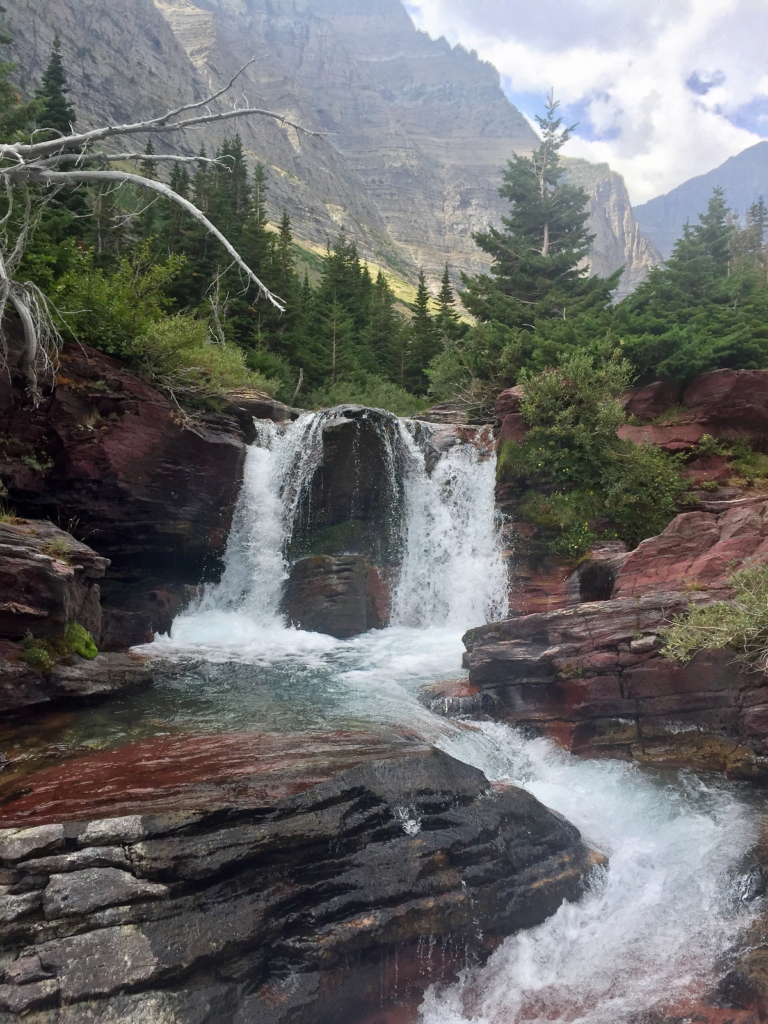

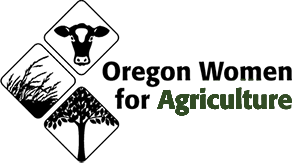


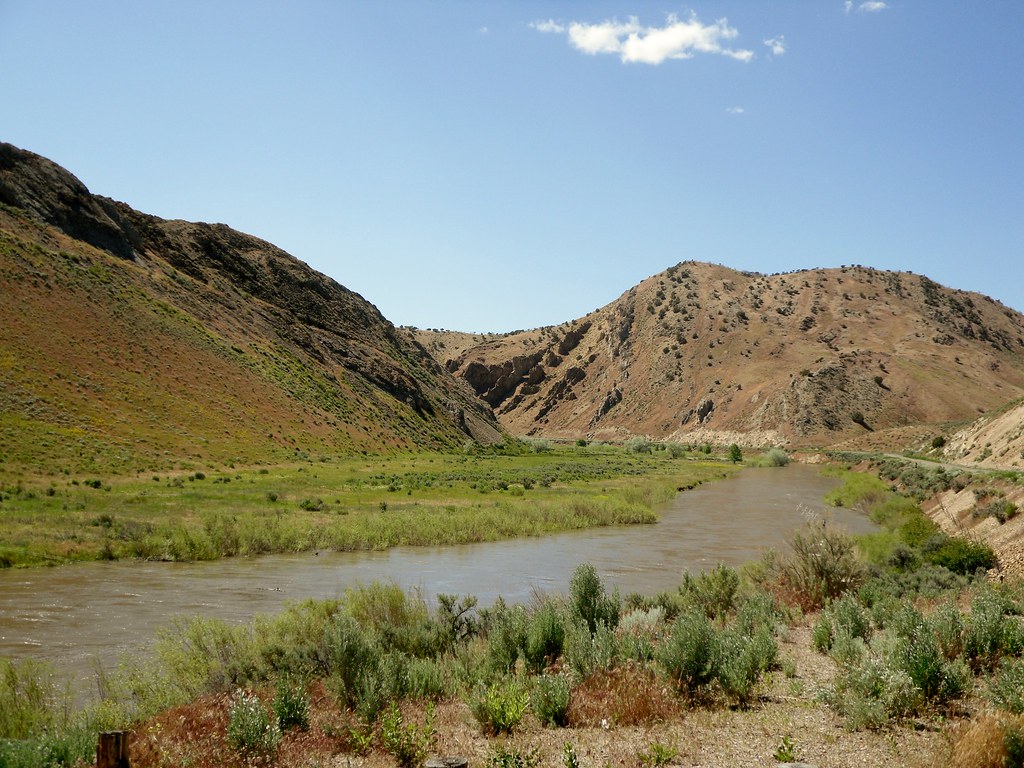

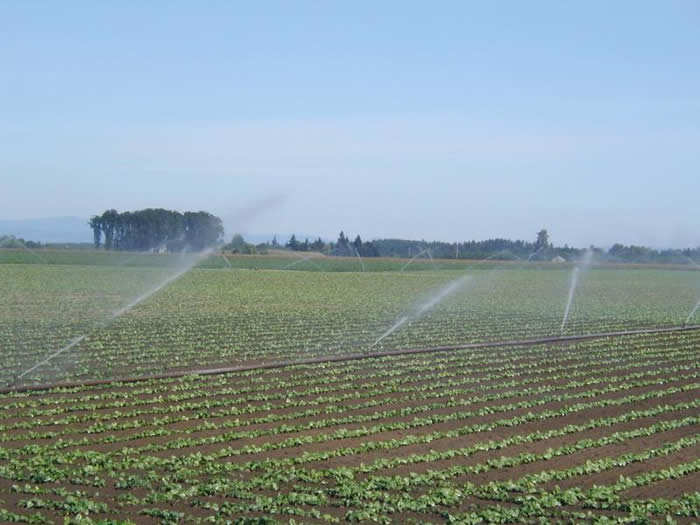

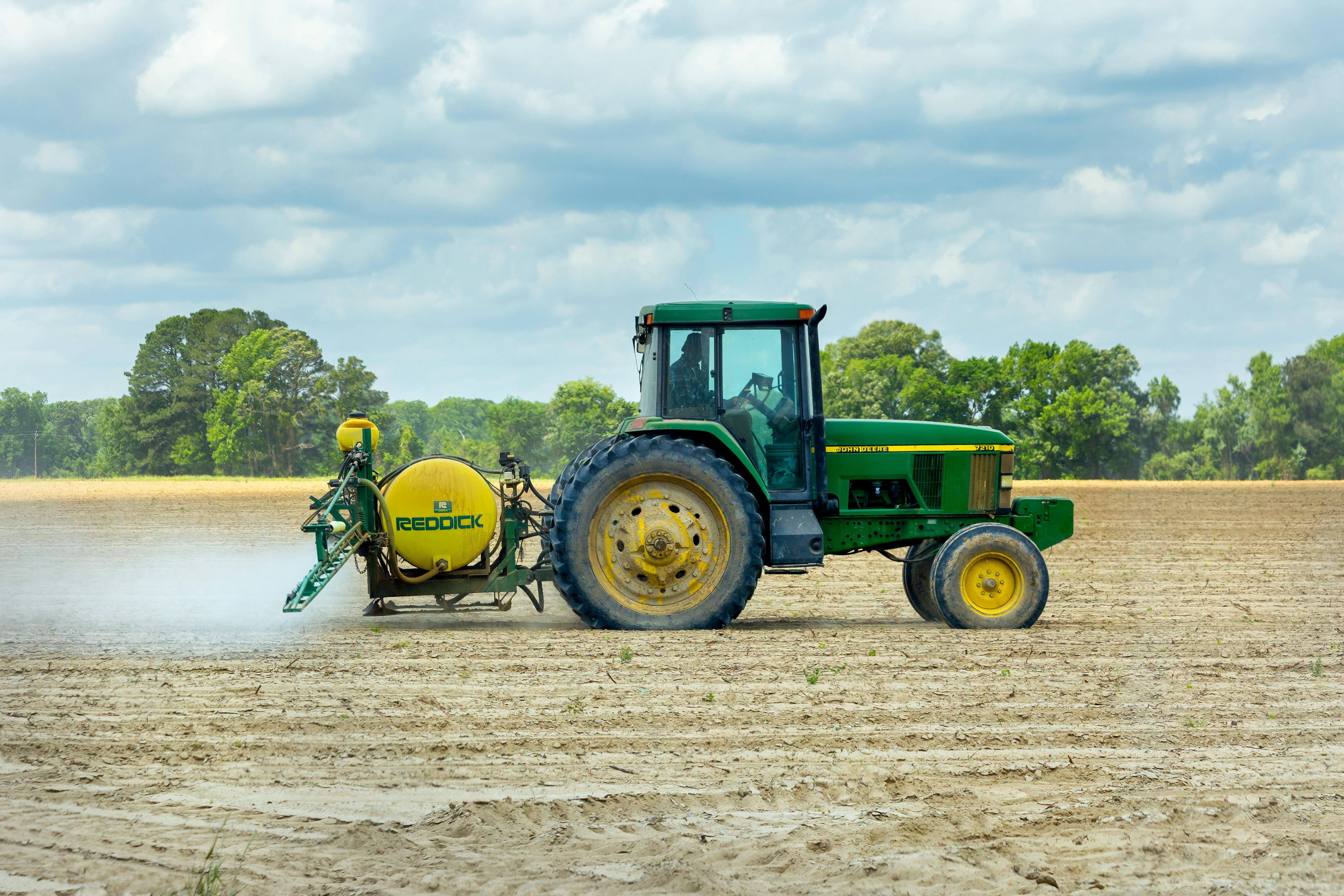

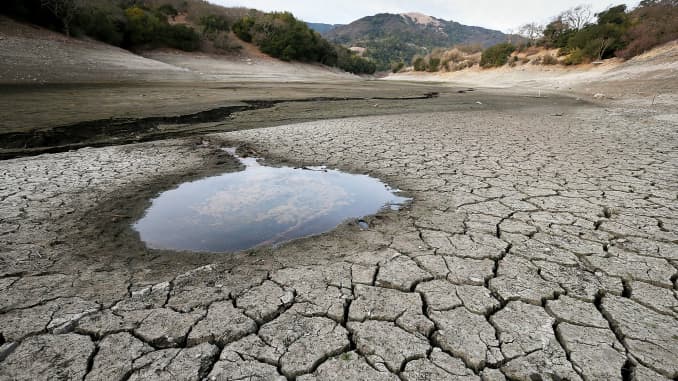

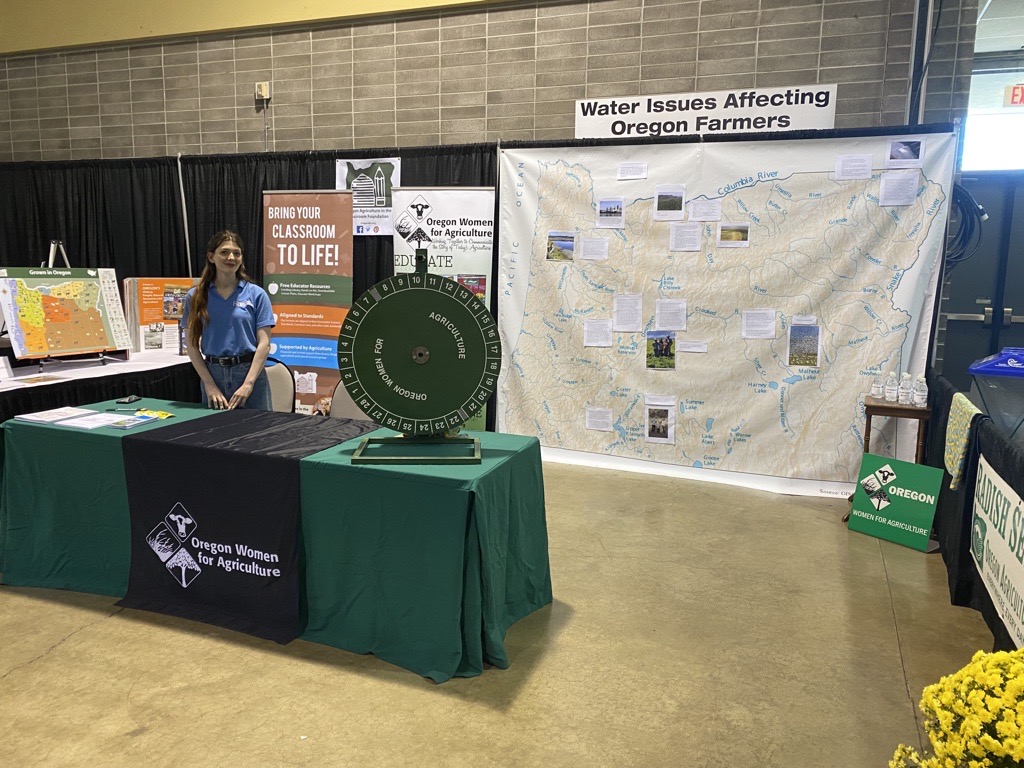



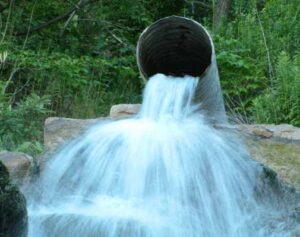

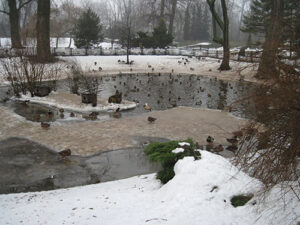
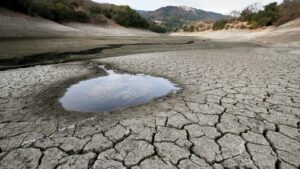


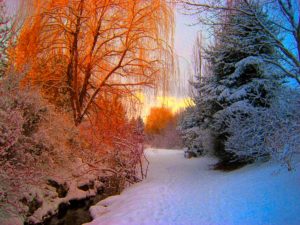

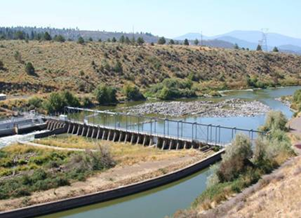



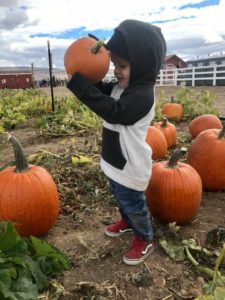





 A few main events will take place during Water Week:
A few main events will take place during Water Week: 